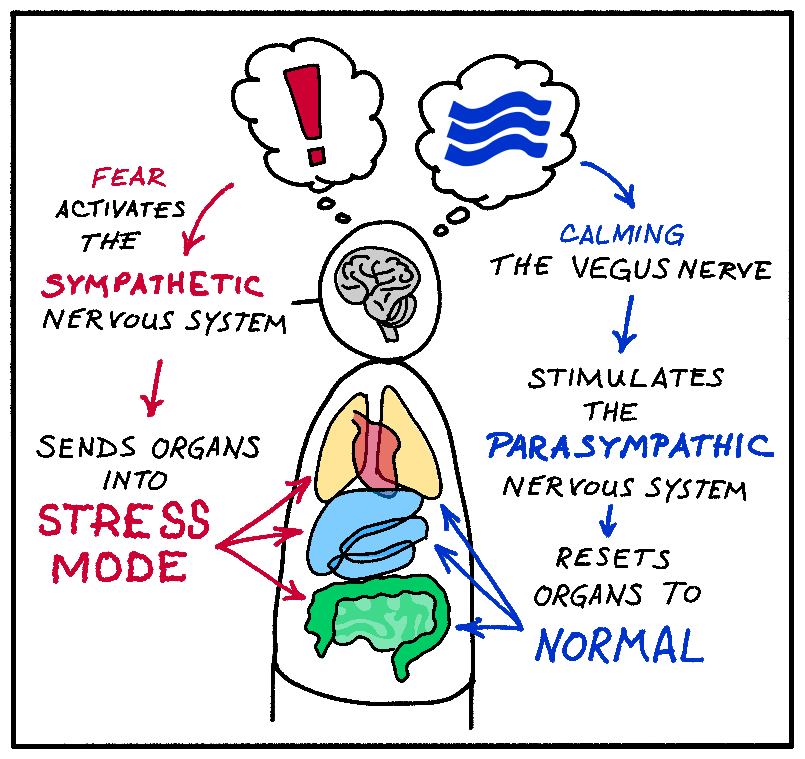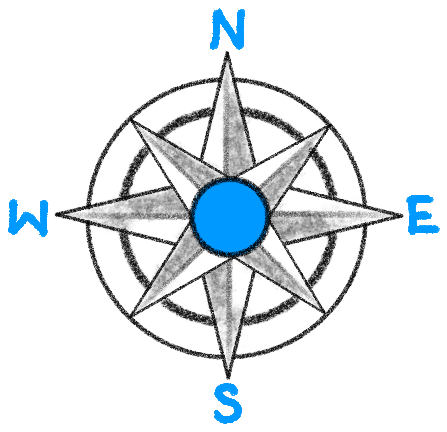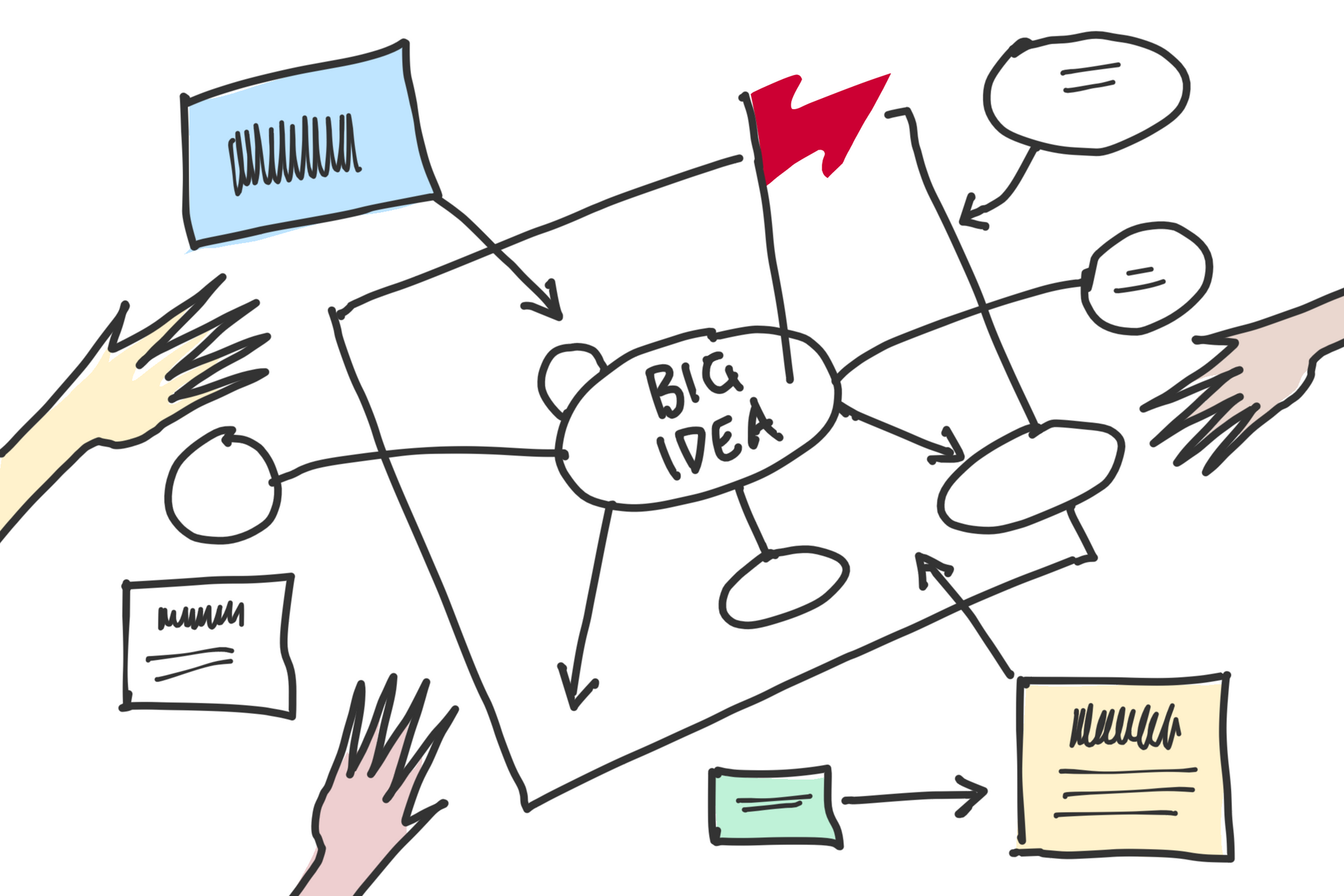Transform your perspective with visuals
The Art of Applied Visual Thinking
Visual thinking isn't about drawing pretty pictures. It's about
increasing understanding and communicating ideas clearly. It can also be a powerful tool for reframing perspectives and overcoming obstacles. As visual thinking teachers, we're thrilled to guide you on this transformative journey. Let's dive in and explore how you can leverage visuals to navigate from a downward spiral to an upward one.
Feeling blue?
If you're anything like me, winter can be tough. The short days and long cold nights can leave me feeling blue and lead me on a slippery slope into a downward spiral if I am not attentive to my self-care. Lack of sunlight isn't my only trigger; lack of sleep, an argument with a loved one, and making what I perceive as a big mistake are all on my list of triggers.
Common triggers for a downward spiral include negative self-talk, stressful situations, comparison with others, lack of self-care, and perfectionism, all of which can lead to feelings of inadequacy, anxiety, and burnout. Everyone's triggers and steps along a downward path are different. Knowing yours can help you break free from the downward spiral and ascend to new heights of positivity and growth.

Ready to change your perspective?
Download a free handout, grab your pens, and dive in, to launch into a more positive mindset.
Take Stock of Your Downward Spiral Triggers:
- Reflect: Set aside 10 minutes to reflect on recent experiences when you've felt stuck in a downward spiral. Jot down the triggers that set off the negative cycle. Take note of the specific situations, thoughts, or emotions you experienced.
- Identify Patterns: Review your notes and look for common patterns or themes among these triggers. Are recurring patterns in your thoughts or behaviors contributing to the downward spiral? Understanding these patterns is the first step toward breaking free from them.
- Visualize: Download a copy of the free handout and create a simple visual story using the It Started When - Then - And - Finally framework to illustrate your common downward spiral triggers, behaviors, and their effects on page one. For example, a recent downward spiral I experienced started when I didn't get enough sleep, then I had an argument with a family member, and I binged on chocolate and finally ended up feeling guilty all day. The payoff - visualizing your triggers and follow-on behaviors can help you gain clarity and perspective on the factors driving a negative cycle.
Launch into an Upward Spiral:
Just as a downward spiral often starts with an identifiable trigger, the same holds true with an upward one. One of the fastest ways to launch myself into a more positive mindset is to visit one of my happy places.
Knowing and understanding what activities or actions launch you into a more positive mindset is powerful. Some common first steps towards an upward spiral include adopting positive habits such as mindfulness, exercise, practicing gratitude, engaging in learning and growth, extending kindness, prioritizing self-care, embracing creative activities, and play.

Take Stock of Your Upward Spiral Triggers:
- Reflect: Set aside 10 minutes to reflect on recent experiences when you've felt the effects of an upward spiral. Jot down the triggers that set off the positive cycle. Take note of the specific situations, thoughts, or emotions you experienced.
- Identify Patterns: Review your notes and look for common patterns or themes among these triggers. Do recurring patterns in your thoughts or behaviors contribute to a more positive mindset? Understanding these patterns can help you launch into a new upward spiral.
- Visualize: On the second page of the handout, create a simple visual story using the It Started When - Then - And - Finally framework to illustrate your favorite upward spiral triggers, actions and their effects. For example, one of my recent upward spirals started when I visited my favorite fancy art supply store, then I had a healthy salad for lunch and took a nap, and finally happily cooked a lovely dinner for my family. The payoff - visualizing your upward triggers adds new tools to your visual thinking toolbox the next time you feel the tug of a downward spiral and need to change your trajectory.
By following these steps, you'll gain insight into your downward spiral triggers and ignite the spark of creativity and optimism needed to fuel your upward ascent.
Are you ready to embark on this visual journey of transformation? Let's elevate your outlook and embrace the power of visuals to shape your path forward.











